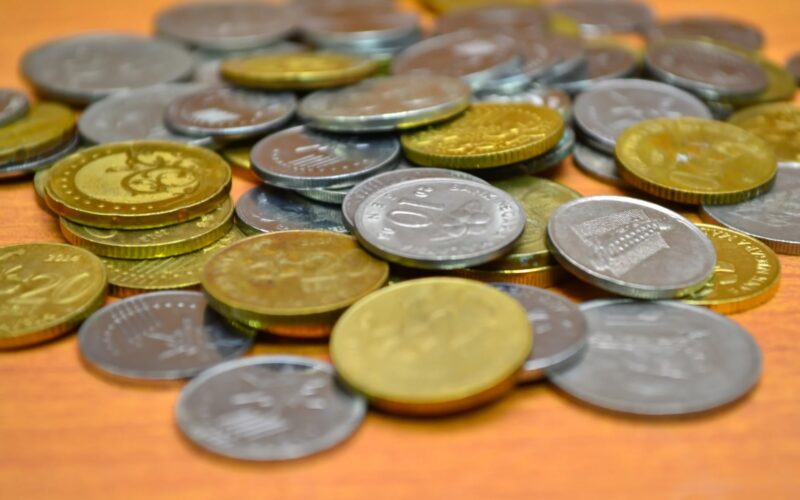Are you looking for a truly incredible gift for the man (or woman!) in your life?
Do you want to add a truly unique and amazing quality to the gear that you give to those people you look toward for companionship? Well, fortunately for you, there’s one solution that can help you solve both of these problems at once: Challenge coins.
If you’re ready to level up the gear that you give to the people you care about look no further than these bits of fascinating history: Challenge Coin history. That way, you can give someone a gift that they’ll truly never forget.
What Are Challenge Coins?
Challenge coins are small metal coins that bear a symbol, logo, or picture of an organization, achievement, or other symbolic token. They are often given to commemorate a group’s accomplishment or a special event.
Historically, these challenge tokens were used by the CIA or military. They use this to symbolize fraternity and camaraderie between members of a unit. Modern challenge coins are used widely as organizational gifts. They are also used to:
- recognize outstanding service
- honor special accomplishments
- promote loyalty among members of a group
They are highly prized and treasured by the recipient. It is not uncommon for individuals to collect them from various organizations. Challenge coins are also often used as tokens of appreciation for members of the military, police, fire, and other organizations.
If you want to learn what are CIA coins, military coins, and more about custom challenge coins, then check out the link.
NYPD challenge coins
The NYPD, like many other police departments, may have its own challenge coins that are used for various purposes, including recognizing and rewarding the achievements of officers, fostering camaraderie among the members, and as a symbol of pride and identity within the department.
What Are the Different Types of Challenge Coins?
Today, challenge coins are more commonly used as tokens of appreciation or recognition and have become popular items for:
- business
- civic
- holiday events
They can be casual items to be exchanged between friends and family. Challenge coins come in various styles, shapes, sizes, and materials but can usually be categorized into two different types: custom and standard.
Custom challenge coins are designed or ordered to reflect a particular business’s branding, logo, or event, while standard challenge coins are often found in a pre-made form at retail stores or online.
Who Invented Them?
The origins of challenge coins are shrouded in mystery, but the most popular belief is that they were first invented by American soldiers during the First World War.
As the story goes, a wealthy lieutenant ordered coins to be made for his men as a display of appreciation and camaraderie. Legend has it that the lieutenant carried the coins in a leather pouch on his belt and would issue them to soldiers who performed above and beyond in battle.
Ever since, challenge coins have been a symbol of achievement and loyalty amongst the armed forces. As the years went on, challenge coins spread to many other organizations and groups, and now they are as popular as ever.
Despite its murky beginnings, there is no denying the impact challenge coins have had on society and its importance as a symbol of accomplishment.
The Interesting Challenge Coin History
Challenge coin history is a fascinating and diverse topic, with stories of bravery and distinction to be found in every corner. This has, in part, been instrumental in keeping coins associated with military and national pride.
So why not challenge yourself to uncover more of this history and see how far back coins have been used to help people commemorate memorable feats and affections?
Did you find this article helpful? You can check out our website for more awesome content like this.




